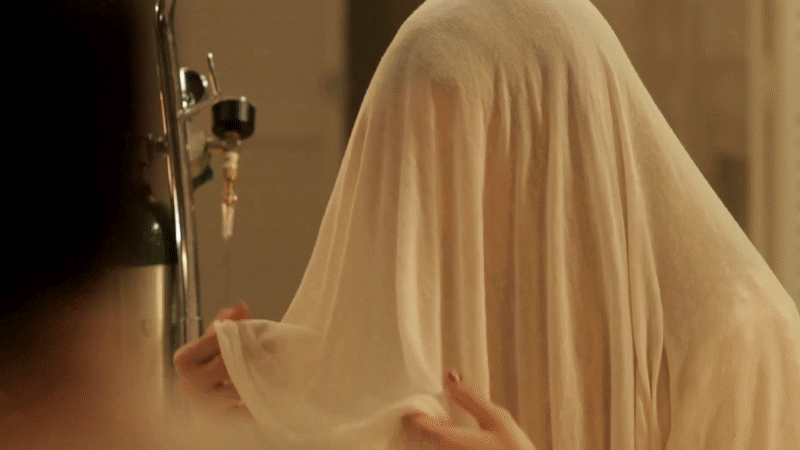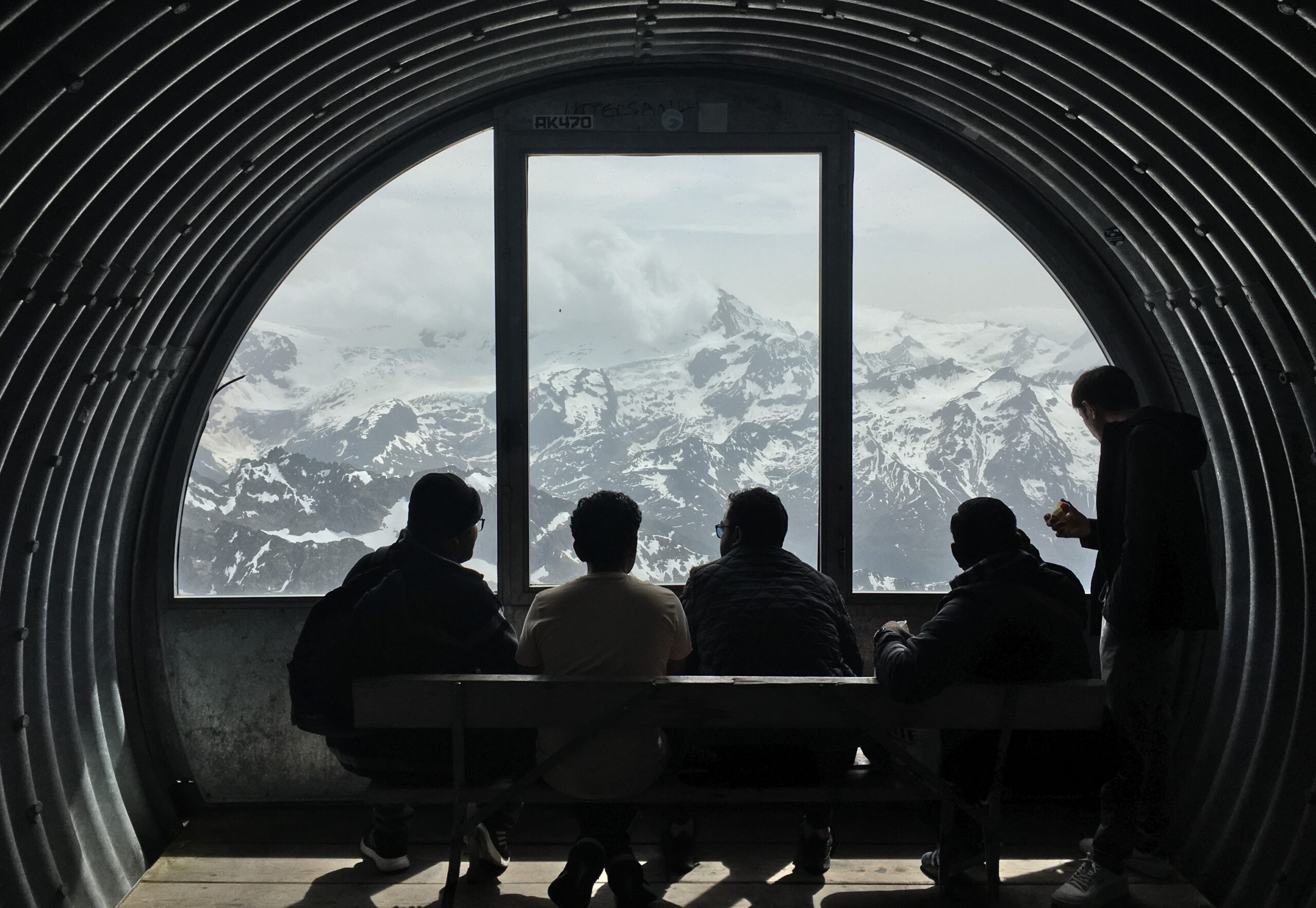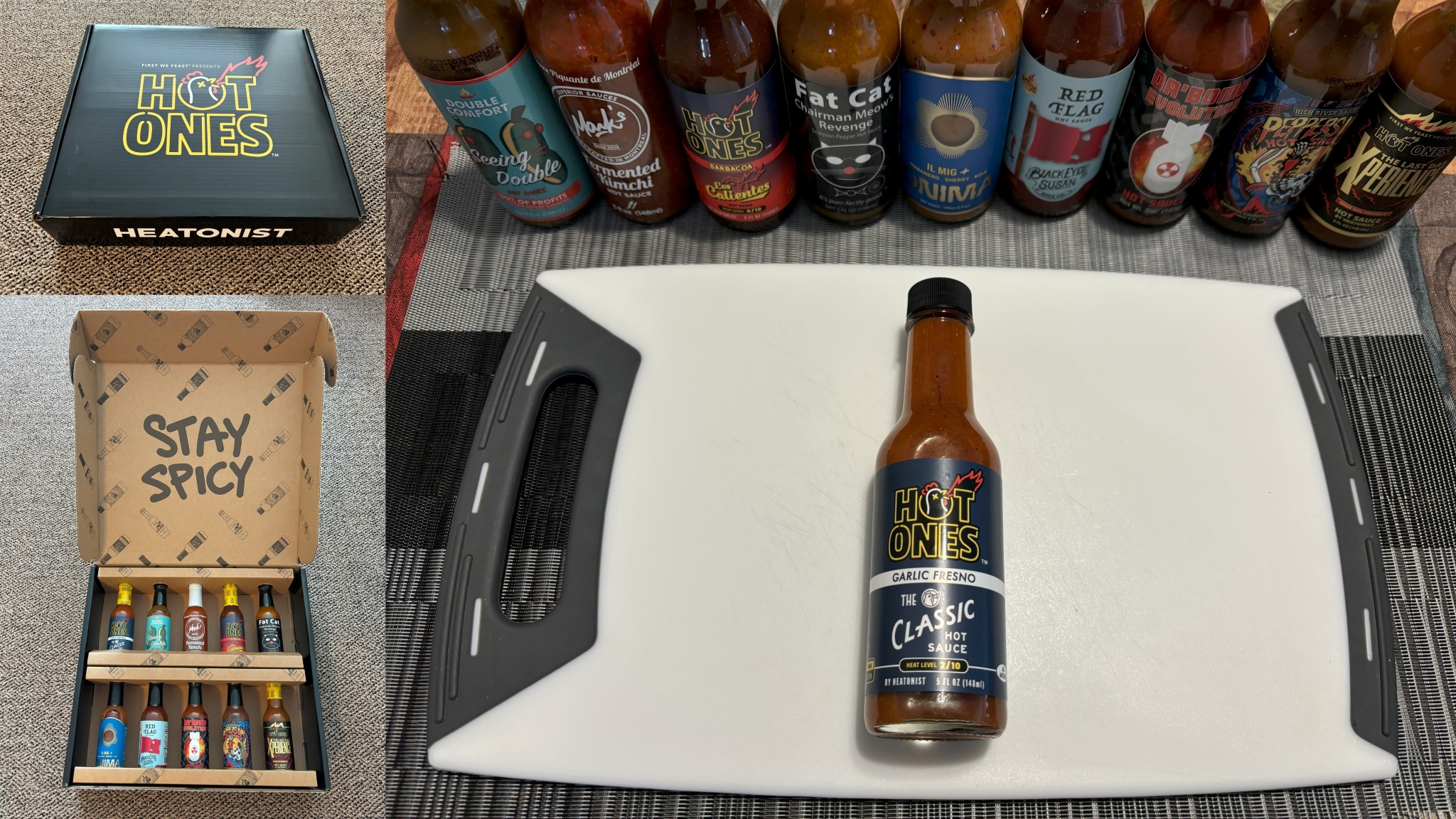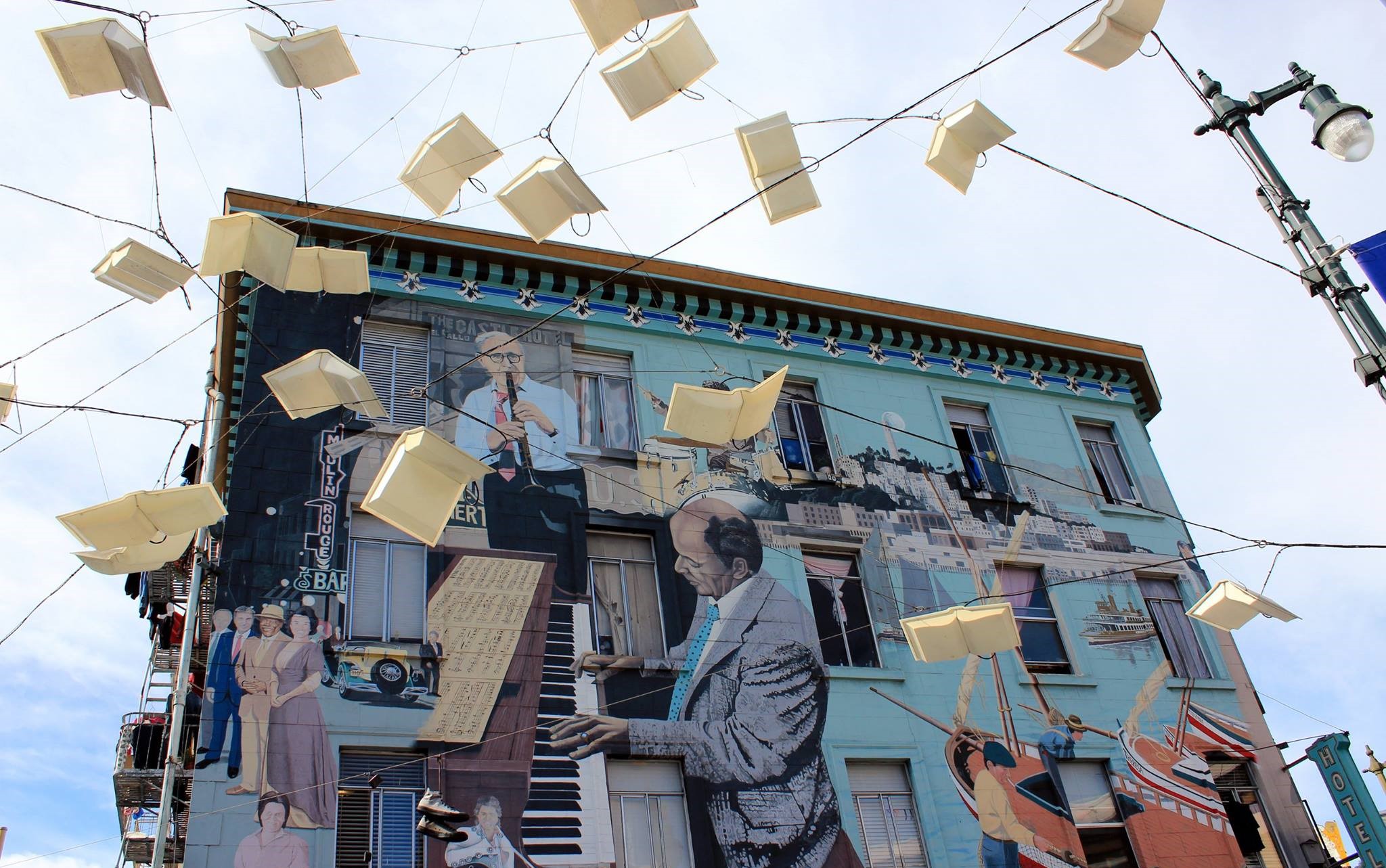-
The First Eight Months
As noted in prior updates and recent newsletters, I will be stepping away for the next month and a half as I prepare for and depart on a trek through Chilean frontiers. Until then, I have assembled here some highlights from 2024 to date.
-
Cult Classics

Let us talk about cults, their active ingredients, and their xenomorphic allure.
We are social creatures with personalities deeply intertwined with our environments. How we juggle external touchpoints (our relations) and internal systems (our protective psychologies and reactive defense mechanisms) are crucial in determining what we tend to believe or what we reject. Our awareness of what affects us, to what degree, and how, is a humbling force. An indicator of our grasp on reality.
Our susceptibility to cults, conspiracies, mythologies, logical fallacies, propaganda, or misinformation all derive from the same corner of human cognition. The same place we foster diehard dedication to political figures, sports fandoms, pop cultural obsessions – beliefs in everything from alternative medicine and the cornucopia of supernatural phenomena to more mundane things like which habits to integrate into our lifestyle. Anything that requires a suspension of our critical faculties or dismissal of nature – and of each other – without being accompanied by its own scrutable schematic, is telling of a tall tale.
Cults and the accounts they provide are part of a larger narrative of our collective socialization. Human experience is guided by our failure or success to connect with others; humanity’s is a story of seeking connection. And there are many rabbit holes that humans can easily fit into.
This post is an exploration of instructional parables that illustrate how easily our need for bonding can be rewired to suit specific aims. Primarily, and as is often the case in our world, to build egos and movements seeking power or profit by tapping into a resource that is never in short supply: our yearning to believe. A formidable evolutionary development. And while it can take many a nefarious form, it is also necessary in constructing the monuments of which we are so collectively proud. It takes quite a leap to go from hunter-gatherer societies to establishing global information networks and putting rovers on planets afar in the geological blink of an eye.
-
Facing WordPress Demons

A blog-building experience from someone eternally confused by web design.
Creating this site was not easy, and neither is maintaining it. Of course, it was never the behind-the-scenes stuff that I was keen on, but the random pontifications on the meaning of life, the universe and everything.
Regardless of my initial plans, setting up and sustaining the infrastructure has taken up a considerable amount of time and energy. Let me take you through that process, interspersing it with some tips for those contemplating a similar route. Some may read this and laugh, thinking that these are very easy challenges to understand and answer. I would caution – not for many of us unacquainted with the syntax of the web, facing a global database that is progressively more nebulous. With only ourselves as interpreters to rely on.
Note: Though I share some plugins I found helpful below, do not construe this as endorsement. What works for one person may not work for another. Each site construction will be its own puzzle.
– / – / –
Saturday, the first day of a week off from work, and the first day of the winter holiday break. I have already reverted to my natural, nocturnal state, still awake at 4am and wondering what to do next. The rest period has barely begun and I am convinced I need to pick up an activity to occupy myself lest boredom arrives.
After all, I do not celebrate any holidays. It is freezing outside and I will not be venturing too far. The fridge is stocked and the apartment is comfortable – I have everything I need right here. Local acquaintances have travelled to be with family; they will not come calling. This is a welcome sabbatical from regular existence.
So I decide, on a whim, to cross an item off the long-growing to-do list.
-
Awaiting a More Glorious Dawn
Thunderstorms roll by in sporadic waves, curses of the cooling summer weather. The wildfire map of Western Canada is dotted with red and orange as towns evacuate people and welcome flames. The roads that afford access to sanctuaries slowly dwindle. A haze settles down for who-knows-how-long, as the smoke intensifies. There is as much anxiety as there is ash in the air.
All of this, preventable. People continue practices antithetical to our very existence. Consume more. Drive those big trucks. Force workers back to the office. Eat factory farmed meat. Make the carcinogenic choice. But not everything is a personal battle; industry maintains the supremacy of profit while politicians line up to apply band-aids to widening wounds. Who champions fundamental responsibility? Who dares to proffer more?
I too, find myself escaping rather than engaging. Enough to worry about at work or in waking life; enough to tire me out, discouraging sustained action. Better to dwell on romanticized notions.
-
Embers of Empire

Allow us royal subjects, commonwealth citizens governed by neocolonial pressures, we who have lived through dying embers of empire and observed the revolving door of mediocrity in British politics over the last decade or so, our quiet judgments and tempered schadenfreude. With the approval of an ailing monarch, the Conservatives will finally find their way out of power in the next few days. Their replacements will wonder where to start; this election is not exactly a mandate-providing affirmation, rather a denouncement of what came before. The public did not chase an inspiring vision; they voted for the hope of basic competence. The unfortunate truth – a bittersweet relish – that we from afar can savor in a twisted way, is that there will be brevity in this grand feeling of change. A new team dominating the game does not necessarily change the sport being played.
– / – / –
A kingdom voted. Kingdoms tend not to hold too many consequential votes. Democracy is not a requirement under divinely blessed royalty. But this kingdom is United, you see. A constitutional monarchy, they say. It delegates freedom under colonial architecture; a parliament hardly parochial. Its subjects are free to exercise their voice – an inside voice, mind you. Nothing loud enough to disturb the foundations of those lovely palaces and their inhabitants, or a growing body of unelected nobility who specialize in slowing down legislation already outpaced by the most sluggish of snails.
This is not the land of brave trial-and-error politics, but one of rehashing failed ideas given cosmetic treatments. A country that has offered largely static views on economic and foreign policy for over four decades. In a time when large blocs of nations grappled with the right combinations of Keynesian, Marxist, or Monetarist ideas, the UK tried austerity… and nothing else. A reminder that the last Labour governments championed the Iraq war and continued the Tory project of privatizing health services to undermine the NHS. I wonder how long it has been since a party in power was actually sympathetic, in action, to the marginalized or the working class. And how much sympathy they elicited from the House of Lords or head of state.
But this may be a reflection of the populace. At least, the politically active, participatory factions. This foreigner and brief interloper observed a small ‘c’ conservative political landscape. People of all ages within the conglomerate territory appear risk-averse in their volitions. Whether it was through apathy, complacency, or fear of novel approaches. Even in Edinburgh – filled with youth and committed to a more liberal republican future – one could not escape the feeling that there were certain red lines that could not be crossed. Jeremy Corbyn’s name was all it took to send people into fits of anger, no attention paid to the myriads of scandals that followed those actually in power. The press system, dominated by tabloids, periodicals, and punditry apple-skin-shallow, reduced everything to soundbites and everyone to caricatures. Complex narratives were impossible to find in the mainstream.
-
At the Confluence of Dreams

I wonder what goes through my friends’ minds when I reach out to them and ask if they are free to hop continents. Their pal from afar, politely inquiring if they have vacation days to donate to a spontaneous adventure. No less to a nation they had not given a moment’s thought until the text arrived.
Curiously, they say yes. It has happened three times during my working life. Canadian winters escaped by trotting to New Zealand, embalmed in festive cheer and soaring heat. A summer outing on trains across Hungary, Austria, and Switzerland, from burning pavements to the breezy Alps, from walking through air-conditioned museums to rolling around in a Soviet era jeep. And now we look forward to Fall hikes into the wild nowheres that dominate the Chilean terrain. To time budgeted for its companion islands, arid deserts, and stormy South.
Good friends. Few in number and anywhere from hundreds to several thousand kilometers apart, but easy to restart conversations with, sometimes years after they dropped off.
I have discussed the pull of the foreign before. It is a gravity unequally distributed amongst the group and we are the better for it. We each chase a different spark as we prepare ourselves for the journey.
The flickers of magic in new locations that one dwells on in anticipation of novel experiences. They always seem to appear when least expected, in different spots than predicted, and are sometimes not fully understood until months or years afterwards. I remember thinking that the epic scenery of Canterbury would uniquely elicit that sought feeling of awe – that within the first week on the land of the long white cloud I would capture the magic, if briefly, of travel beyond regular horizons. The region was spectacular, yet it was pleasantly the start of stumbling through a larger fantasy filled with similar highlights. I felt myself reflecting many months later on how there is a spell over that entire corner of the world. Its distinctive wildlife, volcanic landscapes, and tussle with existence in the liminal. Oceans away, a land where caves hold glow worms and hobbits alike.
-
Running the Gauntlet

This post does not go much deeper than ‘I tried several spicy sauces for the novelty’.
After watching multiple episodes of the Youtube show, and knowing I would quickly consume any hot sauce in the kitchen, I decided to order the latest collection and test them out for myself. Results shared below.
The Context
I regularly consume very spicy food.
- Jalapenos, red chilis, and various store-bought hot peppers and sauces (including the stronger ones sourced from Asian markets) are a staple of my diet.
- I like spicy Asian cuisine – I have consumed the hottest achars, numbing spices, and hotpot mixes without too much issue. The phlegm may get going but I enjoy eating the dishes.
- For those who are familiar with Noodlebox – I like ordering a 4 or 5 on their spice menu. The 6 is usually too much for me to really enjoy the flavors. A bit of googling tells me their 6 is around 1,000,000 on the Scoville scale, which itself is a flawed metric.
I do not know how accurate all the spiciness measures are; no better way to confirm the heat than by trying it for myself!
-
Framing Life

We tend to think of our lives as narratives. Stories with beginnings, middles, and ends. Structured by significant nodes – moments marking personal evolution – and neatly annotated by epiphanies.
These narratives are always written after they have been lived. Meaning made by looking back; a historical decipherment of triumphs and defeats, challenges met or succumbed to, opportunities seized or lost. The narratives simplify the chaos and ascribe some measure of identity to our ‘self’. Without them, we seem to be lost. We cannot make sense of ourselves, of others, of everything around us that we interact with.
Everyone is a living book, being written and spoken ceaselessly. Together, we epitomize a colossal library. Humanity’s scripture, the collapsed state of a much more inscrutable existence. The lucid interpretation abided by but not quite believed. Authorships are shared – we take the pen when we are ready or able, but we are not necessarily the ones writing our own tale.
With those tendencies in mind, let us take a look at two brief stories. The lives of P and D. From the moment they graduated high school to now, with a particular focus on their labor.
-
Embracing Prevention
It has been a recurring theme this week, popping up in conversations, media consumed, and in silent moments of reflection as I have considered what meals to prepare.
The concept of prevention. Specifically, prevention of negative outcomes in personal and societal spaces.
I was on the road again this past Sunday. Somewhere just after passing Clinton, halfway between Vancouver and Prince George, my vehicle’s sound system stopped registering my iPod Touch. The 2009 device seemed to be working fine, so perhaps the connecting cable was shot. Whatever the matter, 15 years without issue is not a bad run.
With no music to listen to and 4 hours still to go, I combed the FM airwaves until I landed on the only available channel – CBC Radio. It went in and out as I weaved through the mountainous terrain, fuzzy for much of the journey. I had to re-tune several times to find the right frequency. But for the rest of the drive, my ears followed the programming as my eyes browsed the landscapes that the hosts discussed. The news programs spoke about the upcoming fire seasons. The interview podcasts featured guests who were experts in disasters, mental health, and wringing comedy from dark times. A little politics, here and there, seemingly the same polarized discourse we have been having for the last decade. It was clear that a lot of the shows were pre-taped, as the situations had changed even by then – the Sunday morning updates from BC’s Northeast and Alberta’s Fort MacMurray markedly different than the headlines being repeated.
One of the programs, “Cross Country Checkup”, ended by fielding calls from Canadians who had questions or wanted to share their thoughts on the modern mega-firescape that has gripped the nation’s summers in recent times. Some wondered why the provincial government had not banned campfires, given the predicted disaster-filled summer ahead. Most fires are human-caused, after all – the result of hot mufflers, discarded cigarettes, grass burning run amok, industrial activity. Why not prevent what we can? (Arson, it must be noted, represented a tiny percentage of the causes.) Other callers suggested preventative measures to deal with the new megafire reality; introduce large fire breaks around towns and populated areas. The idea being that these would be effective in aiding response efforts and save a lot of forested or agricultural land from eradication. The callers were also mostly fire-affected. Former evacuees; anecdote-holders whose trauma from recent events fueled their passion for the subject.
-
Suitcase Diaries
Il est minuit à Tokyo, il est cinq heures au Mali
Quelle heure est-il au paradis?A couple of days ago, a decent chunk of a city was glued to their screens as their affiliated team produced a classic comeback to win a playoff game. The fifth of sixteen they will want to claim top spot in North America’s premier ice hockey league, for the time being.
I had wanted to join them but found myself exhausted. Falling asleep on the couch, I relented and headed to bed, only for my envisioned nap to turn into a night-long sleep. My energy levels can be an issue when I am away from my regular abode and routines, as I have been for the past two weeks. A combination of interrupted sleep, more arduous daily excursions, and social exuberance needed during times of increased movement.
– / – / –
Last calendar year, I spent just over four months away from my apartment. (I refuse to call it my ‘home’; that designation has not yet been earned.) Living out of a few bags and transporting myself from location to location, mostly for work and a little on vacation. This year and only ten days into May, I have already racked up over two months in the same situation. Transience has been a regular theme of my life for the past eight orbits. A voluntary one, for the most part – I have enjoyed going to every corner of BC and witnessing transformative projects in person.
No complaints on my chosen path. But I was reflecting on the transitory life; a microcosm of our long existence.